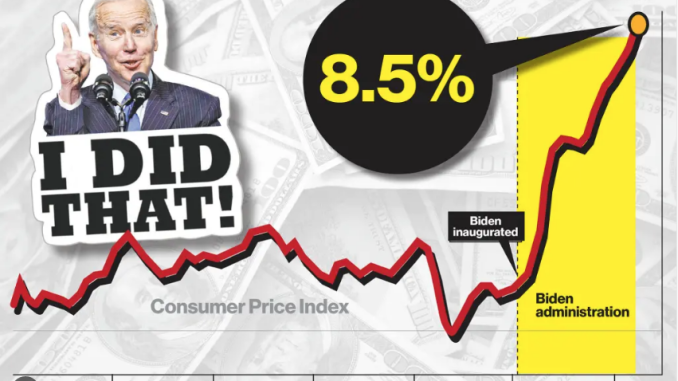The cult of the tattoo has spread across America like oil dripping on garage floors, impossible to scrub clean no matter how many magic solvents are used.
What used to be the artistic realm of bikers, convicts, and a few sailors has been gentrified into a pan-gender hobby, a mass-market pastime in elective scarring. Parents have a hard time saying “no” to a child wanting a tat when Mom and Dad met at the tattoo parlor. You don’t even need to leave the couch—just fire up YouTube. Within minutes you’ll find some suburban Aztec wannabe ramming metal through a nose, tongue, eyebrow, or nipples, convinced the reinvented 14th-century savagery is showing off 21st-century originality.
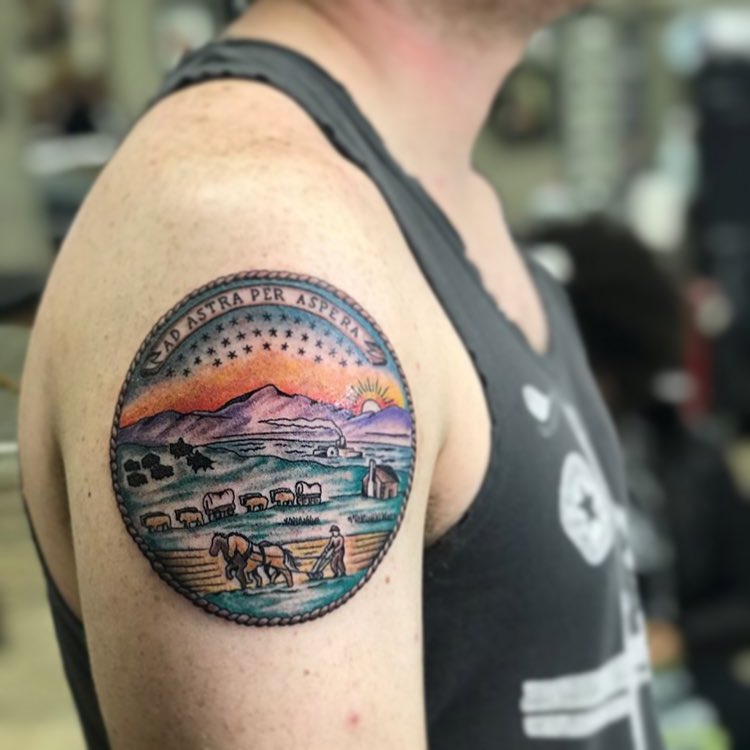
And don’t ask about tattoos and piercings of the male and female “private parts,” although it is out there and a few of our demented subculture spend a lot of time telling their doctors all about it. Google your hearts out on this topic.
Tattoos go back a few years. Since 5,000 B.C., they have been part of different societies on different levels. Millennials and Gen Z are the two most inked of current generations. According to the Statista Research Department, in 2021, 41% of millennials and 23% of Gen Z have at least one tattoo. Some employers—including the U.S. Army—have limits on excessive tattooing, and high-profile figures like former Defense Secretary nominee Pete Hegseth have faced scrutiny over their ink. Combine that with the very real phenomenon of tattoo regret, and it’s no surprise an entire industry has emerged around tattoo removal. Removal folks brag the process is less painful than getting the tattoo in the first place. Unnhuh.
The modern proliferation of tattoos, now a multibillion-dollar industry, largely began in the 1990s. Tattooed celebrities, musicians and athletes helped normalize tattoos as a form of personal expression. The media glamorized tattoos as a sign of freedom, then the media dummkopfs pivoted to shaming anyone who dared question the trend. Tattoos began being viewed less as a mark of a fringe subculture and more as an art form and fashion statement. Some celebs like Taylor Swift call the fad quirky. She has no tats. Taylor’s fiancé, KC Chief’s tight end Travis Kelce, has Taylor tatted on his bicep, the same bicep that bulldozes Chiefs’ opponents after he catches a pass. True love.
Then there are the whispers about horrid hidden messages etched into flesh. The progressive choir, (those wide-eyed Democrats who torched $1.5 billion trying to sell Kamala Harris to us like a 1934 Buick on a new car lot) insist that Pete Hegseth’s arm and chest tattoos are emblems of Christian Nationalism, or at least the inevitable weary chorus, White Supremacy. I’m sure some claim his tats are occult blueprints for the Fourth Reich.
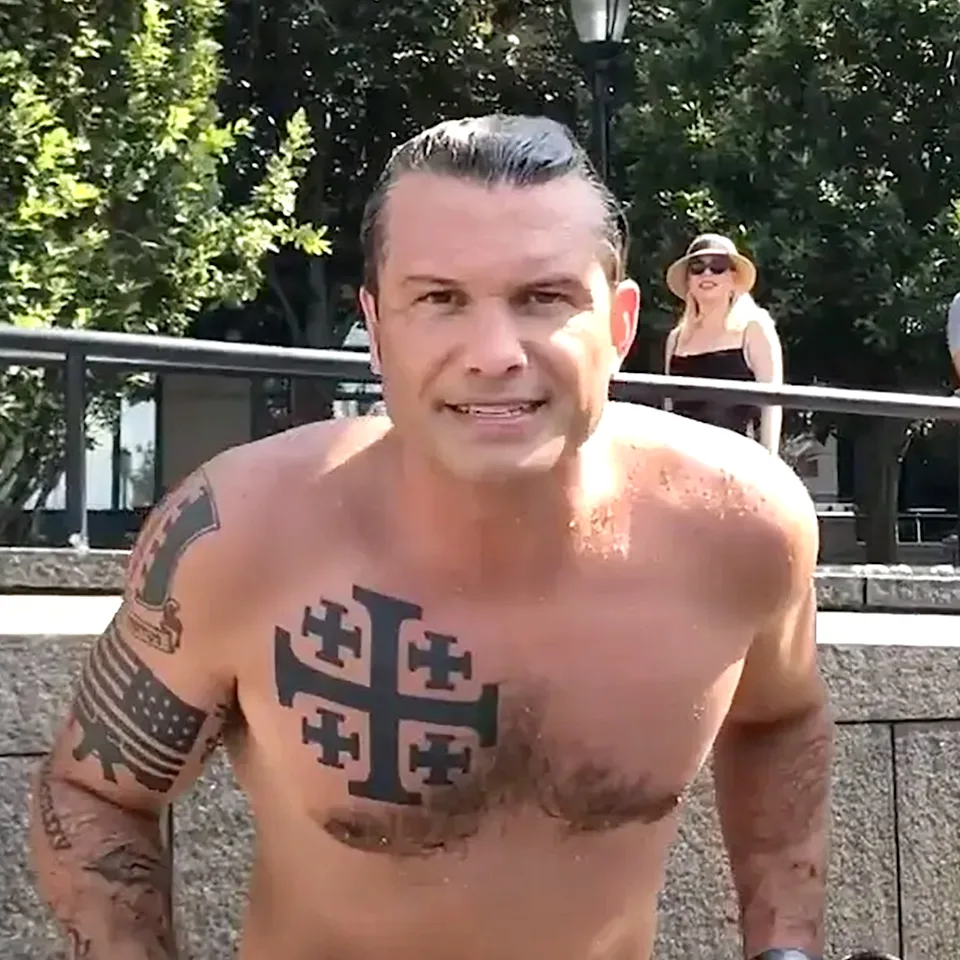
Hegseth’s critics need stronger meds, or at least a Wehrmacht helmet.
Boxer Mike Tyson had a tribal design tattooed on his face to reflect strength and authority and nobody tells him he favors White Supremacy. Not to his face, they don’t.
Pennsylvania Senator John Fetterman, in his earlier political life as a town mayor, had an arm tattoo declaring, “I Will Make You Hurt. Fetterman looks like a former biker and could probably wear his biker leathers onto the Senate floor. He’s big enough the Senate doormen won’t stop him. But he covered over the tat when he became Senator. And Danica Roem, a State Representative and Democrat was the first Transgender elected in Virginia, got the first 24 words of the Equal Rights Amendment tattooed on her arm as a symbolic commitment to the fight for gender equality. I wonder if she realizes the ERA was never ratified.
If you are a gang member or wannabe or are scheduled to spend most of your life in prison, tattoos have become compulsory branding,. Prison tattoos s also make it tough to get a real job after the future boss sees your prison “tough guy” art.
Tats can be used to augment other body desecrations. Americans signed up for 1.6 million cosmetic surgeries in 2023. Breast implants led the parade. We haven’t reached it yet, but it’s only a matter of time before some tattoo-happy person (we can’t assume it will be a female of the species since even Supreme Court Justices cannot define “woman”) decides to turn her upper chest into a comedy menu—‘hot/cold,’ ‘milk/cream,’ that sort of thing. Then we’ll know Starbucks has met body modification. None of it has happened yet. But give the idea time to percolate in the rat’s nest of Hollywood.
I admit to being a no tats lifer. None on me, not one. My skin is still government issue, the original model, more or less unbranded. I had a chance to get tatted on my first liberty after my Navy boot camp in 1967. There were several San Diego ink shops, but I opted to watch two of my fellow swabbies get their upper arms drilled. No earth-shaking messages. “Mother” was the go-to tattoo—not out of sentiment. The ink artist of those days had spelling skills limited to six letters.
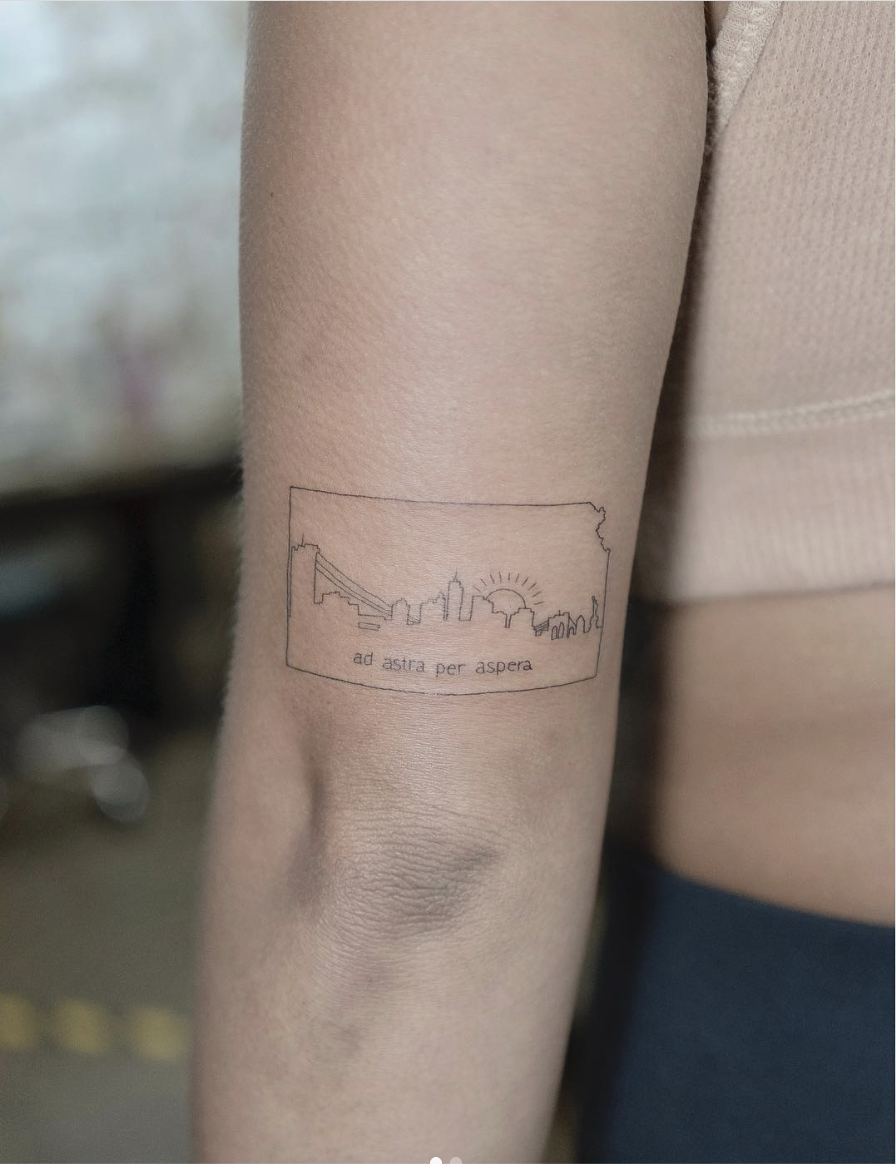
Some of my relatives have ink. They didn’t ask me what I thought. That’s fine, since I’d only have suggested a Sharpie and a six-pack as the cheaper, less permanent option.
Yes, indeed, what you create your body to say with ink is a First Amendment right. Both the giving and the receiving of the ink art is protected. I just think it is not mankind’s greatest artistic achievement. I don’t understand anything painted by Picasso. But inking a Picasso on your butt cheek? Un-cool. And keep in mind that some tattoo artists think art is a four-letter word.
But if your chest says “I’m A Democrat” in bold letters, that’s great until you change your mind to become a new Trump acolyte and must spend the rest of your life wearing a t-shirt. And, of course, a political conversion like that requires moving to Crook County, Wyoming, the most reddest part of the reddest state.
Questions often arise about how young is too young to make life-altering decisions, whether it’s a gender transition decision or a tattoo. Lawmakers make trade-offs when setting age limits: eighteen to vote, eighteen or nineteen to get shot at while in the military in a desert war, or drinking booze, and twenty-one in some (but not all) states for certain cosmetic or body modifications.
But those decisions are made by non-religious legislatures. As for religions, Muslims generally disallow tattooing. It’s interesting that tattooing might be the one issue Muslims, Christians and Jews agree on. Look at Leviticus 19:28
“Ye shall not make any cuttings in your flesh for the dead, nor print any marks upon you: I am the LORD.”
Historically, Jewish and Christian scholars say the passage is a warning against pagan practices of mourning. But the last phrase, “nor print any marks upon you” sure looks like prohibiting body art to me.
All I can picture is the coming freak show when America’s inked warriors hit Social Security. When gravity and time do their dirty work, their once-muscled arms, backs, chests, and buttocks will sag into wrinkled blue psychedelic spiderwebs. At age seventy, nothing says ‘badass’ like tats which resembles a moldy shower curtain.
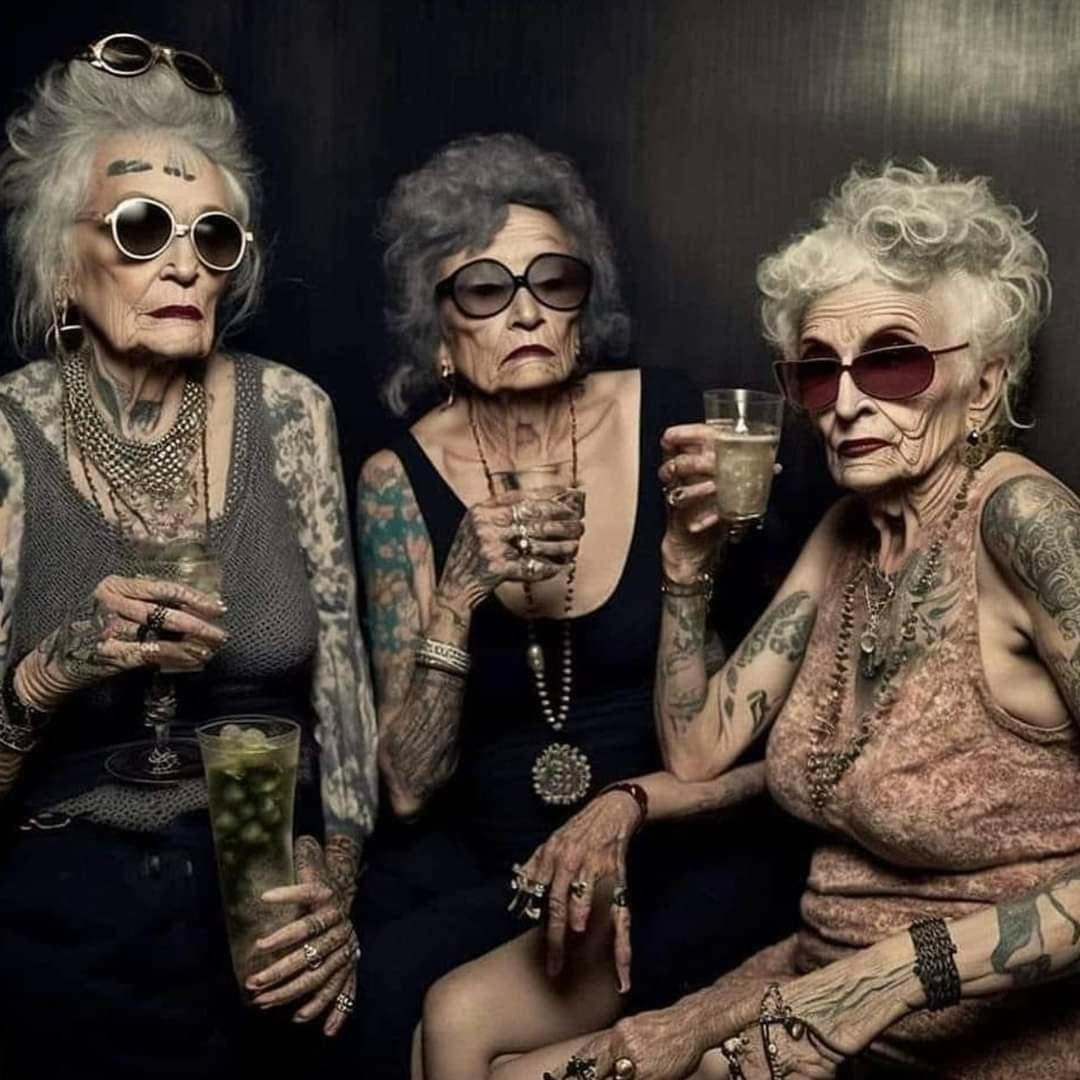

Ron Smith – Special to The Informer
Dean Halliday Smith is a fifth generation Kansan, a retired attorney, a grandfather several times over, a Vietnam veteran, and a civil war historian. Territorial Kansas, the Civil War, and the post-Civil War west are his subjects of interest. Manhattan KS graduate, graduated Kansas Wesleyan in ’73. Worked on Governor John Carlin’s staff in 1980-81. Lobbied for the Kansas Bar Association for 14 years. His small farm is near where the historic Santa Fe Trail converged on the “Pawnee Fork” along the west route of the SFT. Check out Ron's western anthology writing at Amazon.



